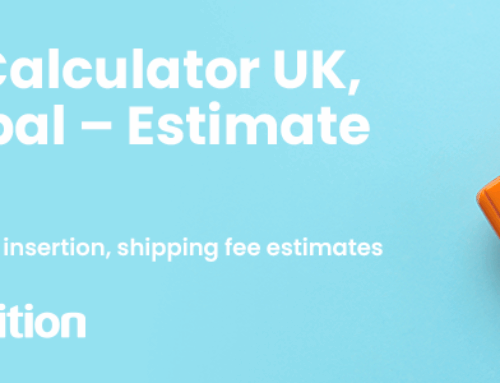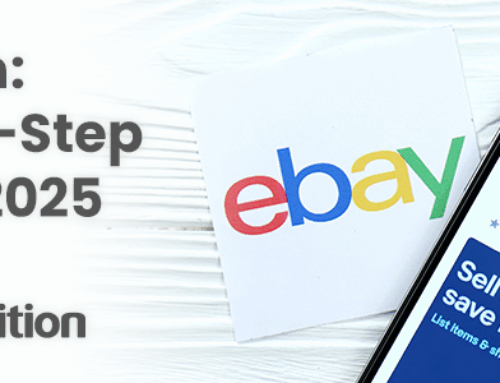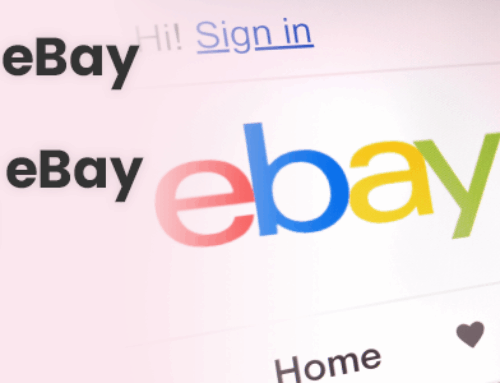
eBay will soon allow buyers to add up to five photos to their seller feedback. The new feature, being tested in the UK and US markets, asks buyers to submit their photos, promising that the online marketplace will display them alongside their feedback soon.
The use of buyer-submitted photos to run alongside reviews is not new. Amazon, Etsy, B&Q, and other online marketplaces already encourage buyers to submit pictures and videos alongside their product reviews. Buyers typically welcome the images as providing helpful extra detail, helping them to make more informed buying decisions. Despite this, many eBay sellers have voiced their concerns on eBay’s Community pages.
Negative comments from more vocal sellers have ranged from “What fresh Hell is this?” to “I’m going to chalk this one up to more utter madness from eBay.”
But is this really such a bad idea?
Why is eBay doing this?
While some sellers have suggested that unscrupulous buyers might try to game the system and solicit refunds by posting fake, doctored, or misleading product photos, others believe it will have a more positive impact.
By allowing buyers to share images of their purchases, sellers can give potential new buyers a realistic understanding of their products, increasing trust and confidence in the seller’s offerings.
How Sellers can use Feedback with Photos:
- A fashion retailer can show how its garments fit and suit people of different shapes and sizes.
- A home and garden seller can demonstrate how great a piece of furniture or a decorative item looks in a real home.
- A cycle store can highlight the quality of their bikes by showing a rider taking their new bike out on the road.
- An automotive spares and accessories seller can showcase how their parts have helped a car enthusiast to pimp their ride.
- A craft seller can showcase their customers’ creativity by encouraging them to share photos of their finished pieces.
User-generated content
Enabling buyers to post images along with their feedback allows sellers to harness the power of user-generated content.
User-generated content can fill gaps many sellers leave in their product descriptions. In addition, every additional piece of content on a page (including images) will add to the SEO juice of a listing. This can potentially help buyers find your items via eBay search and the major search engines.
When soliciting user-generated content, it’s essential to make the process as simple as possible. Because almost every buyer will have access to a camera on their smartphone, enabling them to take and upload an image in seconds, it’s easier to request a user to post a picture than to write a lot of text.
While user-generated content has been around for a long time, providing the foundation of the Web 2.0 revolution at the turn of the century, it also reflects the modern social element of shopping.
eBay Shopping Hauls
People like to show off their purchases, demonstrate their great taste, and perhaps even an eye for a bargain. This explains why social media sites like YouTube, TikTok, and Instagram are full of eager consumers showing off their latest “shopping hauls.”
But you don’t have to be a budding Zoe Suggs, Mrs. Hinch, or KSI to become an online influencer.
Enabling buyers to post pictures of their eBay purchases offers the opportunity to join in with this trend. Buyers can, in their own way, become micro-influencers without the need to exercise their ego and appear on camera themselves.
3 Tips to Generate Positive eBay Feedback
If sellers want to harness the power of user-generated content and encourage “social” influence, they must deliver on their promises. Adding images to the mix gives buyers more opportunities to create both positive and negative feedback.
Here are three tips to ensure your feedback stays positive:
Product Images:
When buyers have the opportunity to submit their own photos, you better make sure your images represent your products correctly. This is particularly true for sellers of refurbished or pre-loved items who may wish to use images to highlight any imperfections. eBay now allows sellers to feature up to 24 images in their listings, so there is no reason not to include more images on your listings.
Product Descriptions:
Honesty is always the best policy. It’s hard to argue an item has been mis-sold when your product description is as descriptive as possible. Try to include all the product features and highlight any imperfections. It is best to list your products with a custom eBay template that ensures all of your product and seller information is clear and concise and showcases your photos in the description as well as at the top of the page. A bespoke template also helps you create and maintain a professional brand image for your eBay business.
Packaging:
First impressions count. This means ensuring that your packaging is suited to the product you are shipping and is attractive and protective. Also, it’s worth mentioning that, due to concerns about waste, nothing will provoke a negative review complete with an image faster than an oversized box for a tiny product!
Learn More
To learn more about how Frooition can help you create a more positive experience for your customers on eBay, check out our free eBay Optimisation Tool or schedule a call with one of our eBay experts.








